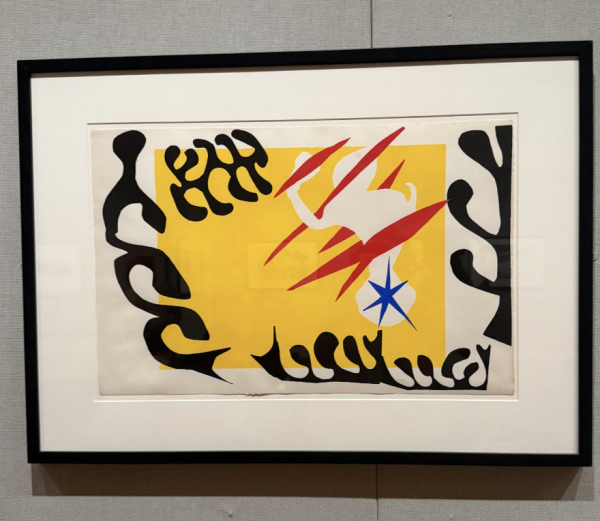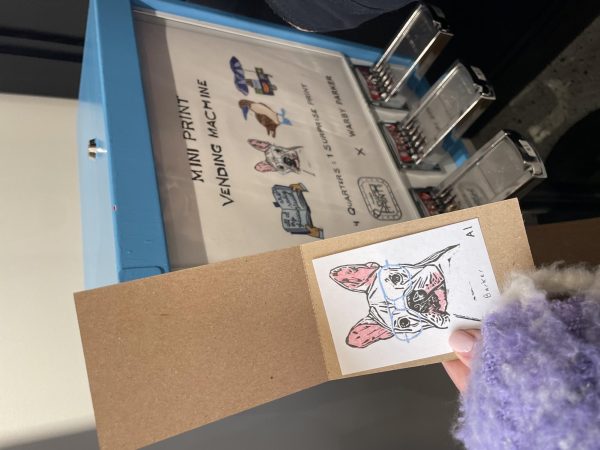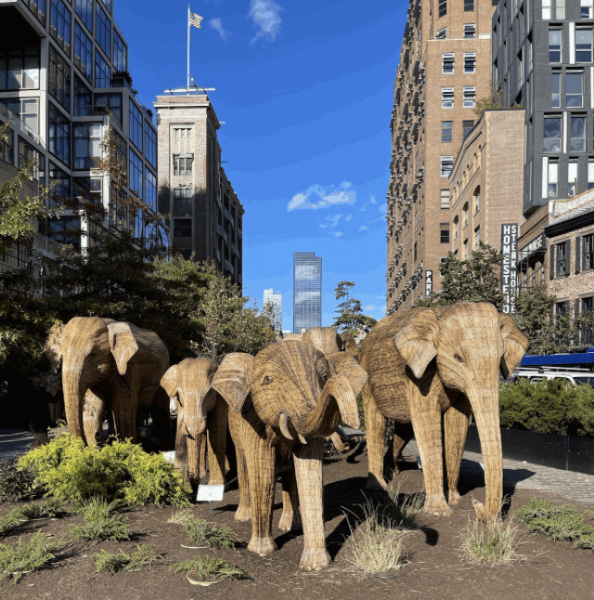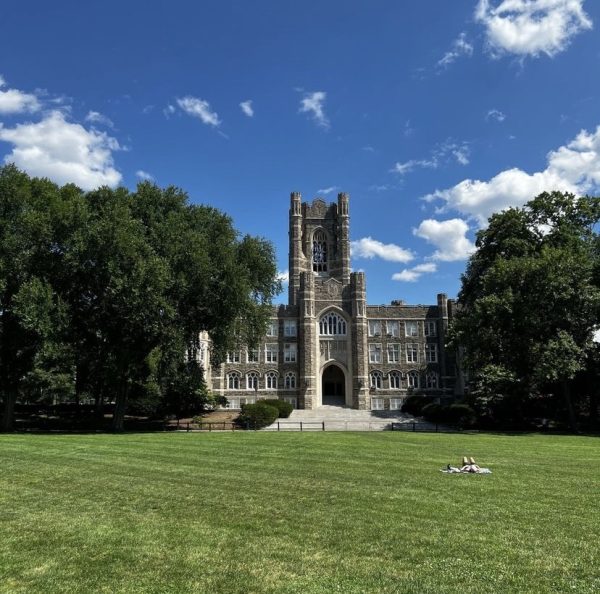Rafael Lozano-Hemmer Pays Tribute to COVID-19 Victims

Lozano-Hemmer uses a robotic mechanism to create portraits of victims of COVID-19. (Courtesy of Twitter)
For many of us, life is returning to normal after the pandemic, but for some 5 million families around the world, normalcy is no longer an option following the loss of loved ones. This time has allowed artists to express and memorialize some of the intangible emotions that have come along with this devastating virus. Mexican artist Rafael Lozano-Hemmer has created an art exhibit entitled “A Crack in the Hourglass,” which serves as a tribute to the many lives taken by COVID-19.
The exhibit features a robotic mechanism recreating photos of victims using sand. Seconds after these portraits are created, they disappear as the sand spills out to be recycled for a new photo. The slow formation of the portrait is like watching somebody’s life being built up, grain by grain, demonstrating the intricacies and individuality of human life. Watching the sand quickly fade out of view from the glass represents the intense loss experienced when these grains of a life disappear from the world, especially as it has been occuring at such an accelerated pace due to the virus.
Lozano-Hemmer works with many architectural and technological design elements to evoke stronger public attraction to and interaction with his art. He does not rely on just the composition of his work to convey the meanings of each piece, but also the materials themselves. In “A Crack in the Hourglass,” the grains of sand represent the countless fibers of an individual identity, the arrangement of which cannot be replicated by any other individual. By using a material so miniscule to make up a much larger image and showing how easily it can disappear, the viewer must confront the pricelessness and volatility of life. The portrait is created slowly which contrasts against the quick speed of the disappearing sand to form a crucial part of the exhibit’s meaning. According to Lozano-Hemmer, it’s meant to feel like watching a fusion of life experiences being created and ending with a sense of closure in how quickly it disappears. The aspect of closure in this exhibit is especially important because the pandemic has limited many people’s ability to mourn how they please. This 20-40 minute process can act as a funeral and celebration of life.
This emotional display is not only unique in its medium, but in its interactive nature as well. Anyone who has lost a loved one to the virus can submit a portrait along with a short biography or dedication to be featured on the exhibit’s website. So far, there are over 500 people memorialized in the exhibit just a couple of weeks after the display’s opening. The images are brought to life through the messages left with them as family and friends publish small glimpses into the grains that made up the individual’s life. Featured are stories of grandparents, parents, friends, spouses, coworkers, artists, frontline healthcare workers and many other people from all walks of life.
This exhibit does a remarkable job of humanizing the pandemic, as so much of the past year and a half has been a whirlwind of statistics and science. Sometimes it is easy to forget that those numbers in the news are more than just numbers; behind them are families, legacies and memories. As I read through the biographies, I learned more about these people than just their status as victims of COVID-19. I learned their nicknames, favorite songs, careers, sororities, quirks and characteristics. Reflecting on the tragedy of the pandemic was melancholic and poignant, leaving a greater impact than reading a statistic in a newspaper would have. Learning about just a few of the grains of sand that contributed to a much larger and more intricate picture of life made the pandemic’s effects feel much more emotionally impactful and personal.
This exhibit will be on display at the Brooklyn Museum until June 2022 and is also available in an online livestream format as well. It is an easily accessible and highly meaningful way to honor those that have been lost to the pandemic.













































































































































































































